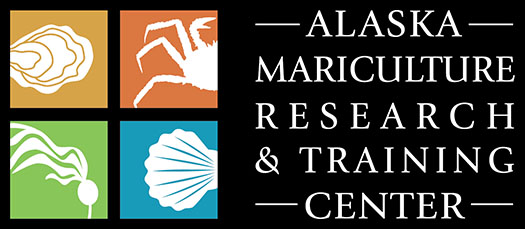Develop Mitigation to Minimize Herring Spawning Events on Kelp Farms
A Pacific herring (Clupea pallasii) spawn event in spring of 2020 destroyed the kelp crop on a 100-acre kelp mariculture operation, the largest operation in the U.S., worth approximately $300,000.This study drew upon herring physiology and ecology to identify potential non-lethal methods that aquatic farmers could implement to deter herring from aquaculture infrastructure while also minimizing impacts to marine mammals. Across the methods tested, only bubble curtains elicited a clear behavioral response in the herring. Acoustic pingers and strobing lights had no effect on the location of herring in the experimental space, while suspended moving or stationary fishing flashers either had no effect or attracted herring.
Principal Investigator/Project Partners:
- Jordan Hollarsmith, NOAA AFSC
- Becca Cates, NOAA AFSC
- Kyle Friedman, NOAA AFSC
- Johanna Vollenweider – NOAA Alaska Fisheries Science Center
- Alicia Bishop, NOAA Alaska Regional Office
- Kristin Cieciel, NOAA Alaska Regional Office
- Tiffany Stephens, University of Alaska Fairbanks
- Kevin M. Boswell, Florida International University
- Chris Taylor, NOAA Ocean Service, National Centers for Coastal Ocean Science
Project Term: 2021-2023
Funding: $250,000, NOAA Internal Call for Aquaculture Funds
